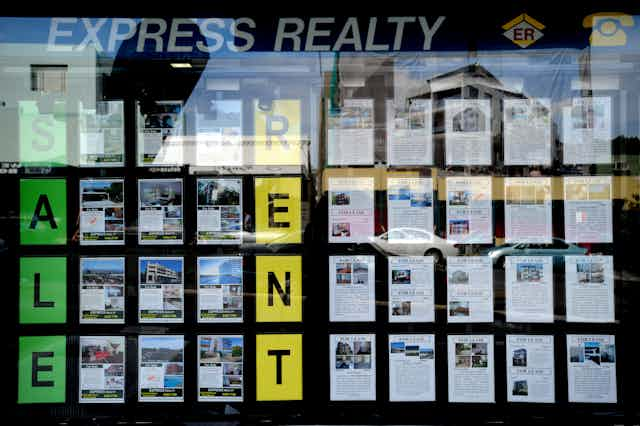Property investors are more likely to support foreign investment in the property market than people without such investments, we have found in a survey of Sydneysiders’ views about foreign real estate investment. Perhaps more surprising, would-be buyers, who might be expected to worry about demand pushing up prices, were also more likely to be supportive than those who were not looking to buy a property.
We reported previously that over 60% of Sydneysiders do not want more individual foreign investment in residential real estate in Sydney.
Read more: Sydneysiders blame foreign investors for high housing prices – survey
Within this context, we surveyed almost 900 people in Sydney to examine the relationships between home ownership, real estate investment, housing stress and views about foreign investment. Our analysis shows:
Those who have property market investments are more likely to be supportive of foreign investment than those who don’t have such investments.
Comparing those who are in housing stress to those who are not in housing stress, there are no significant differences in the two groups’ beliefs about foreign real estate investment.
Property investors’ views
We know that rising house prices, the era of Generation Rent and foreign real estate investment are creating the social conditions that could increase cultural tension between foreign and local buyers.
Read more: Moving on from home ownership for 'Generation Rent'
One group with a strong interest in Sydney’s real estate market are local real estate investors. We were interested in whether those with investment properties and those without differed in their views about individual foreign investment in residential real estate.
We found those with investment properties were likely to be more supportive of foreign investment in Sydney’s housing market than those without investment properties.
For example, 29% of the investment property owners agreed that “foreign investors should be able to buy properties in Sydney” compared to 17% of those without investment properties. They were similarly supportive of foreign students being allowed to buy properties while studying in Australia, with 32% agreeing with this compared to 19% among those without investment properties.
Property investors were more positive about the government’s regulation of foreign investment as well: 28% agreed it has been effectively regulated, compared to 16% of those without investment properties.
House hunters’ views
House prices in Greater Sydney have increased rapidly over the last decade and household debt has grown too.
We might expect people who are actively looking to buy a property to be particularly concerned about foreign real estate investment, as they may feel they are competing against and being priced out of the market by foreign buyers.
For this reason, we asked survey participants whether they were actively looking to buy a property. In response, 23% said they were. Of this group, 31% agreed that foreign investors should be able to buy properties in Sydney, compared to 15% of those not looking for a property.
Housing-stressed households’ views
Increasing mortgage and rental costs are a source of discontent within Sydney’s population. Measurements of housing stress are disputed, but are nonetheless used to give a comparative value to how hard it is for a household to meet housing costs. A ratio of housing costs to income of 30% and above is a common benchmark for housing stress.
Using this measure, we found that more than half (52%) of our survey participants were experiencing housing stress. Another 33% spent less than 30% of their income on their housing and 15% indicated they did not know.
Comparing those over the 30% threshold with those who spend less of their income on housing, we found no significant differences in beliefs about foreign real estate investment.
Read more: Mounting housing stress underscores need for expert council to guide wayward policymaking
Other drivers of concern
We found those who are active in the local real estate market remain concerned about foreign investment in general.
If housing stress levels do not lead to differences in attitudes to foreign investment, as our findings suggest, cultural or other factors may be at work in the general discontent about foreign investors in Sydney.
We need to investigate further how being active in the housing market informs Sydneysiders’ views about the right of foreign investors to use real estate as a vehicle for growing capital.
Sydneysiders with equity in the housing market, such as home owners or investors, might view foreign buyers pushing up housing values as positive. As a result, they might fear that restricting foreign investors might depress their assets.
If this type of shared commitment to real estate investment were present across the domestic-foreign investor divide, this could reinforce the idea of treating real estate as an asset class at the global scale, while cultural tensions between foreign and local investors remain at the local level.

